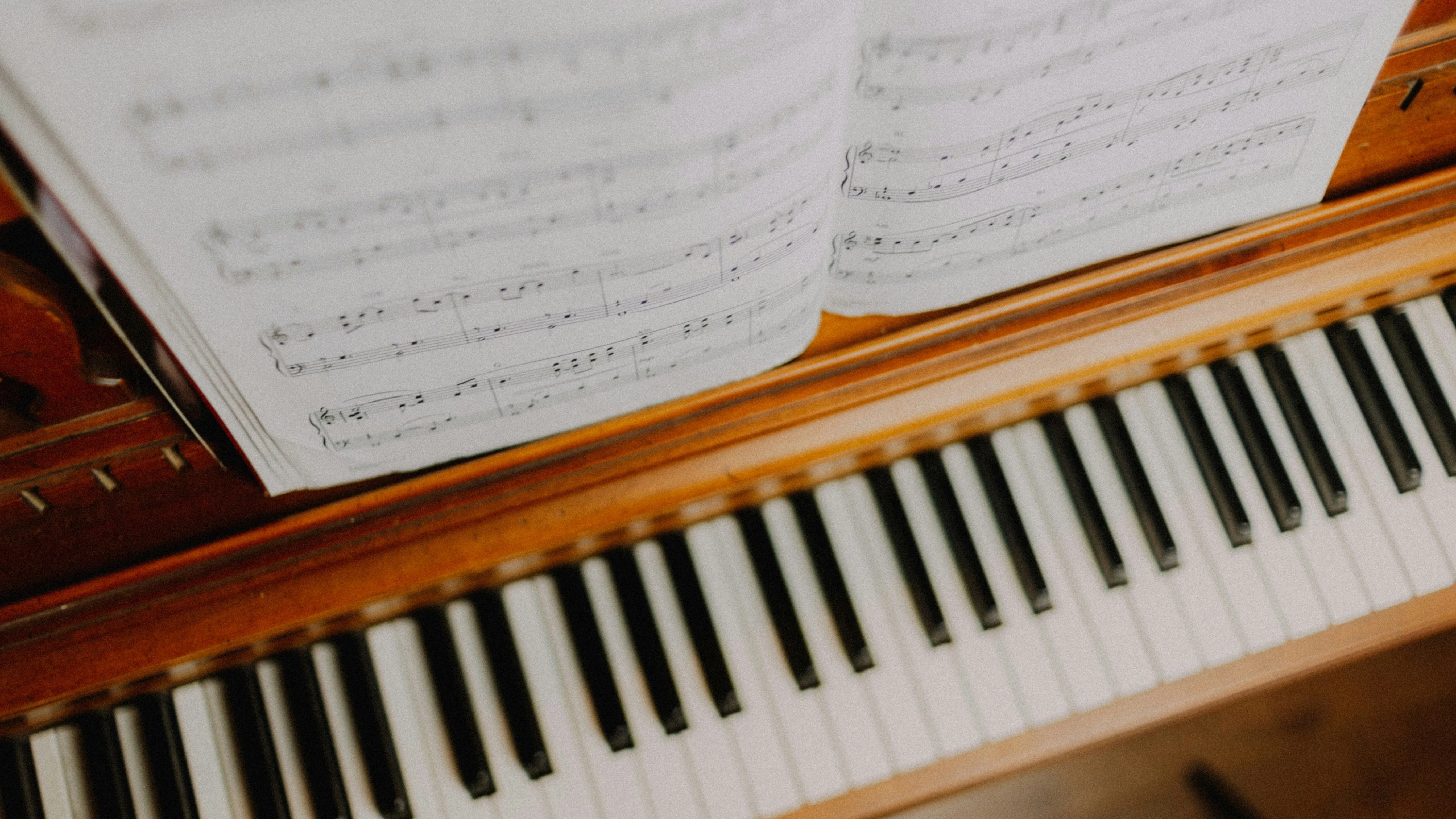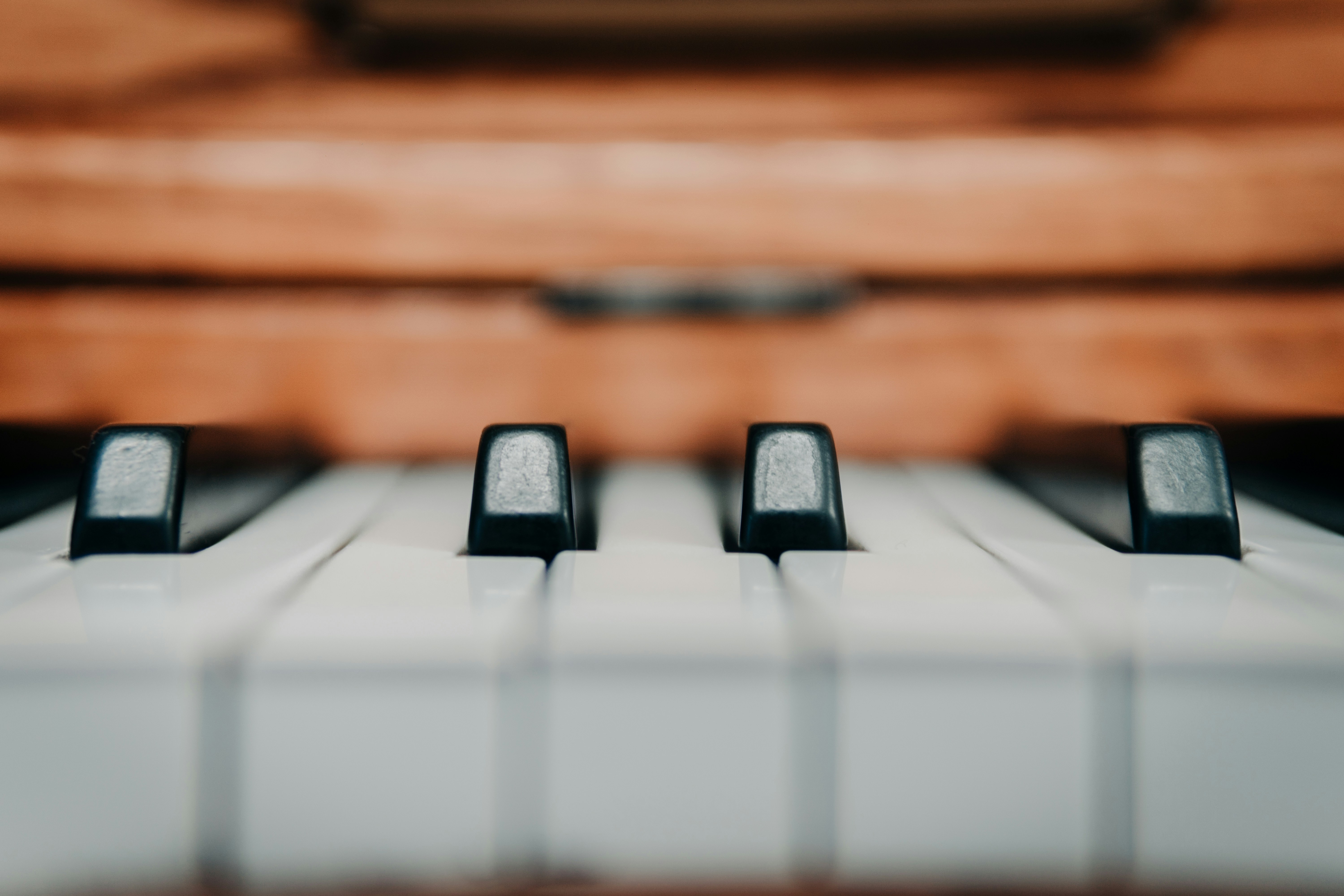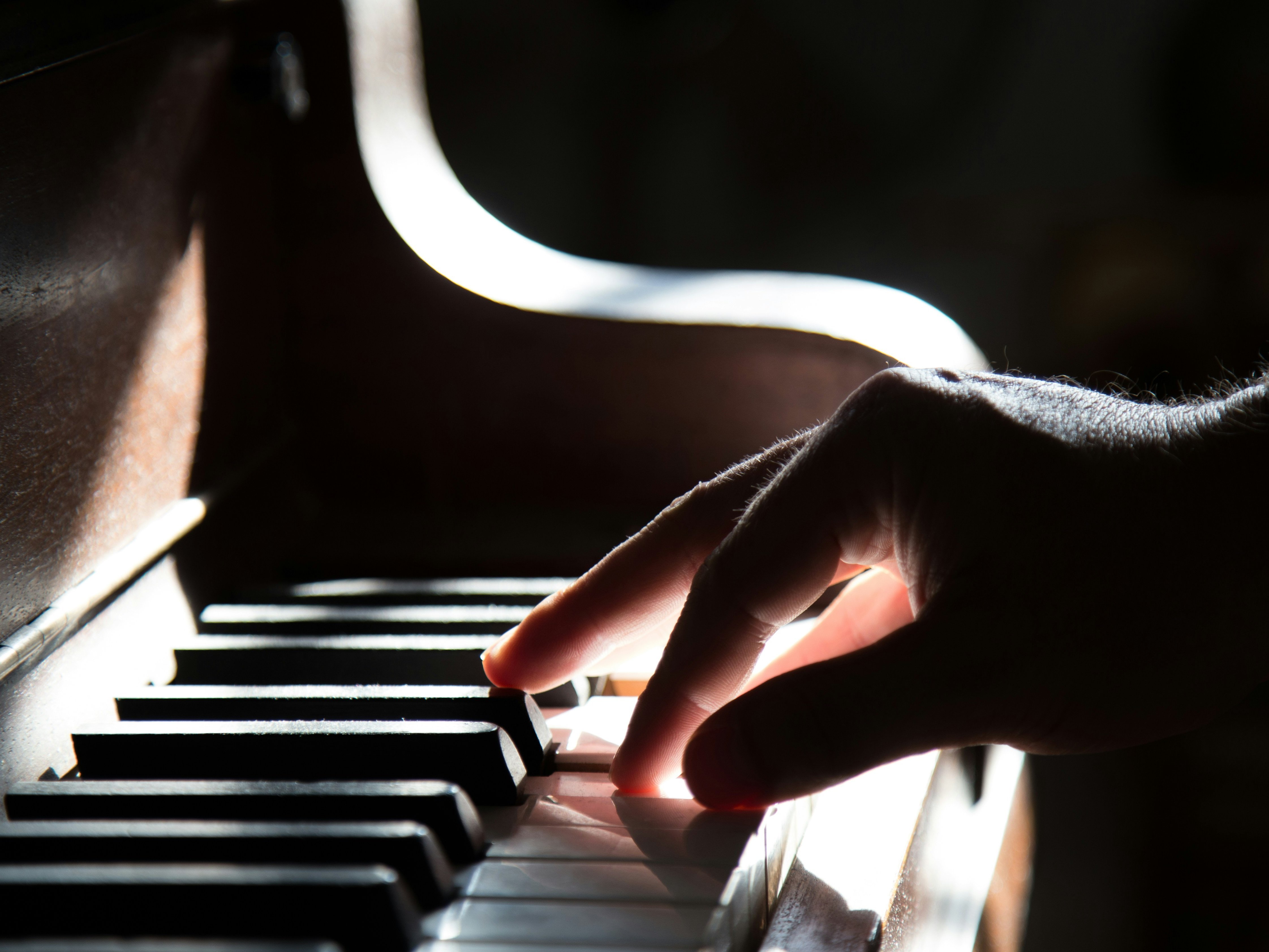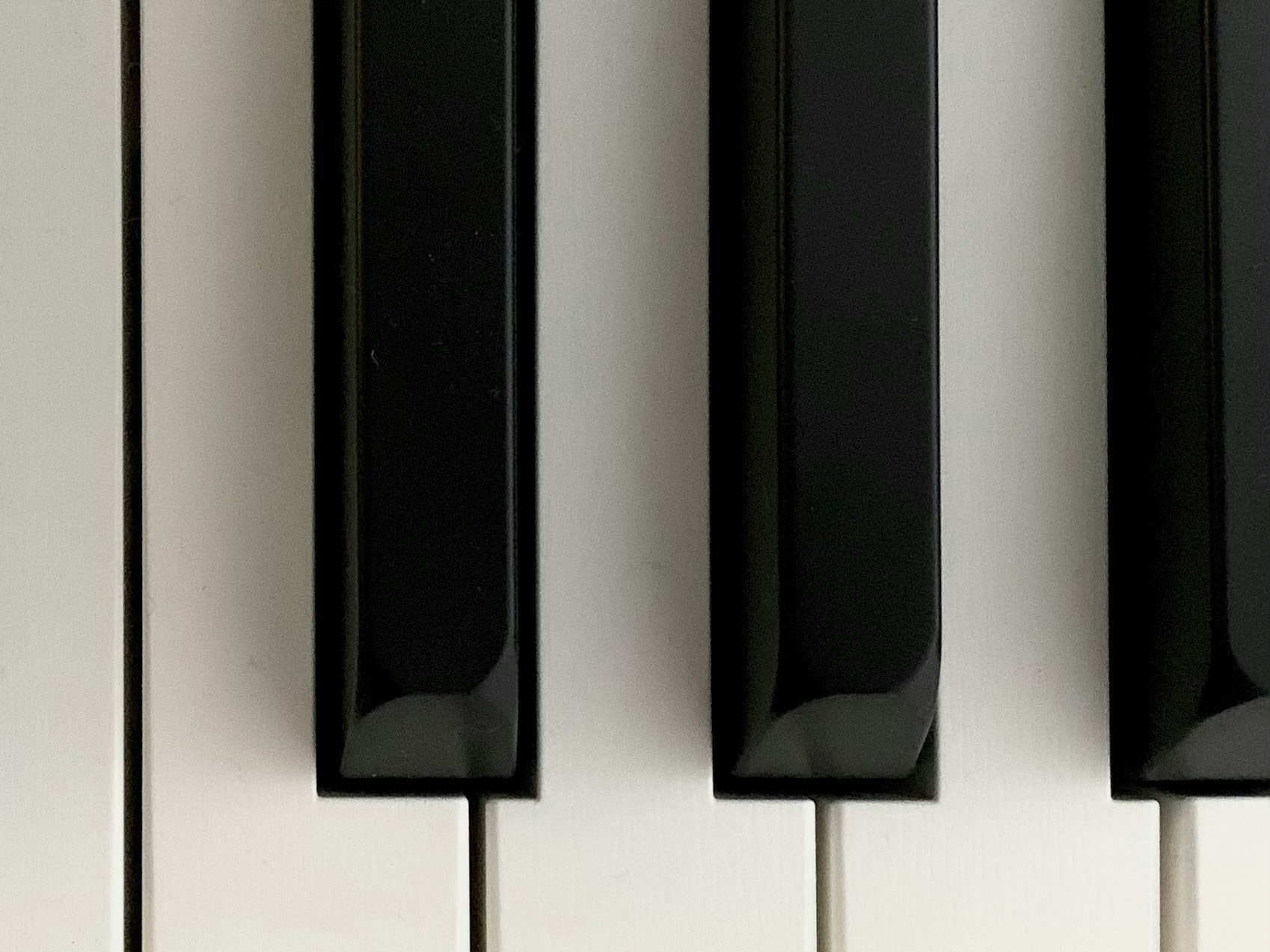
Anyone who plays the piano – whether professional or amateur – cannot avoid it: the piano sonata. But what exactly is it? The term “sonata” comes from Italian and has been used since the Baroque period to describe a piece of music played purely instrumentally – as opposed to the sung “canzone”. The piano sonata as we know it today is a product of the First Viennese School. The invention and development of the fortepiano opened up completely new possibilities for composers when it came to solo music for keyboard instruments: dynamics and timbres could be created in a much more differentiated way than on the previously common harpsichord.
Model of success in three movements
In addition, there was a change in musical aesthetics during the period of the First Viennese School: a musical idea was no longer established and developed as it had been in the Baroque era. Rather, two contrasting themes collided in one piece of music, which were dissected, transformed and reassembled. This contrasting principle determines the large orchestral form of the symphony as well as that of the solo piano sonata. The latter was a model of success in three movements. The first, fast movement with its two contrasting themes is followed by a slow second movement of a song-like, lyrical character. To conclude, there is once again a fast, often dance-like final movement.
From easy to difficult
Almost every composer produced piano sonatas during the First Viennese School – and at every level of difficulty. The sonata was one of the most popular forms of musical entertainment. Leading the way were Joseph Haydn, Wolfgang Amadeus Mozart and Ludwig van Beethoven, who set standards in the genre. While Haydn’s piano sonatas comprised an average of 255 bars, Beethoven needed 560 bars for his sonatas, which became increasingly complex and virtuosic. In the Romantic period, the piano sonata became even more poetic in expression, rich in harmonic timbre and technically demanding – although its form was already considered outdated. Thus Robert Schumann wrote that the sonata “struggles against three powerful enemies [...]. The public, the publishers, and the composers themselves, who are deterred from writing such old-fashioned things for all kinds of reasons, perhaps also internal ones”. However, the piano sonata never went completely out of fashion, as is shown by sonatas written by composers such as Béla Bartók, Leoš Janáček and Igor Stravinsky in the 20th century. And so it is still the case: anyone who plays the piano – whether professional or amateur – cannot avoid the piano sonata.

What is a prepared piano?
A piano can be so much more than a piano: percussion, noise machine, gamelan orchestra...

What is a mazurka?
What the Viennese waltz is to Austria, the mazurka is to Poland: a dance that is inextricably linked to the nation’s identity.

What is an impromptu?
The term comes from the French and means “unprepared”, or “improvised”. Someone performs something quite spontaneously off the cuff.